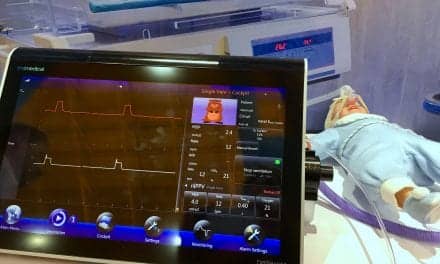A new study published in Surgery that surveyed Trauma Medical Directors (TMD’s) at 245 trauma centers has found that damage control resuscitation (DCR) practices that originated in military settings have been widely adapted in civilian practices across the United States.
The study found that the majority (67.8%) of responding TMD’s indicated routine use of a blood product ratio of 1:1:1 (packed red blood cells: frozen fresh plasma: platelets). Usage of this ratio, which emulates the natural ratio of components in whole blood, has been shown to increase patient survival rates.
Usage of the ratio originated in military settings, where whole blood is typically more readily available. Additionally, more than 95% of responding TMD’s had adopted a written massive transfusion protocol (MTP).
Military influence was directly credited in the majority of cases. TMD’s reported that military data supporting DCR has significantly altered civilian practice at their institutions and that this strategy is now strongly practiced in large and small trauma centers alike.
Military Data Supporting Damage Control Resuscitation Has Altered Civilian Practice










